Design and Realisation - Early Inspiration Part 2, Crafting
A few years back I was completely awe struck by a mechanic involved in Square Enix's latest MMORPG, Final Fantasy XIV: A Realm Reborn. Normally, there isn't much to management in MMO games, and this isn't really an exception, but previously in games such as Minecraft where crafting was a case of "Put X with Y in a certain pattern," Or as simple as World of Warcraft's crafting system of "Press a button done," the player was introduced to an actual puzzle. A strategy. A challenge to crafting. And I LOVE it.
Before I talk about FFXIV:ARR, I must quickly tie in why this is relevant to a management sim: A beautiful quirky game called Holy Potatoes, A Weapon Shop. It's pretty cheap, the story doesn't last long, but the mechanics are fun enough to sink an easy 30 hours into if not more. I really enjoyed this game, and would love to make something like it.
Holy Potatoes is actually somewhat simple. You are a potato blacksmith who must create weapons to sell on in order to make ends meet, as a 'clearly distinct enough to not count as copyright potato hitman' owns your shop and you must pay him rent! Weapons have four stats that adventurers want, and you must hire blacksmiths with certain stats to create weapons that appeal to these adventurers. The higher stats, the more money!
Mechanics aside though, take a look at the screen shot. Simplistic, cartoony, 2d, something that is easy on people less experienced with modelling yet it feels natural. Plus the game is based around the UI! It's point and click! Something that is very common in management sims, and something that is fun to programme, is creative in how you lay it out, and is exactly what I am looking for in my project! It serves as a great starting point, but it isn't quite what I want to make.
Crafting and management sims are under the same genre of "Strategy." Or, sometimes, when crafting is like Holy Potatoes, or FFXIV, it requires a strategy to it. Sorry fans of minecraft, but looking up a blueprint and then copying that isn't strategy! It's not really all that engaging either. There will be fans out there who enjoy the minecraft crafting system and it can get rather deep when you look into Feed the Beast, but it's not a system I am looking for. The system I am about to discuss is a different kind of intricate and deep.
Now, onto what I really wanted to talk about! A Realm Reborn. This game set the bar for crafting strategy games. And it's in an MMORPG, how crazy?! This system goes so incredibly in depth using various algorithms that I feel would definitely impress lecturers. I spent a lot of time crafting on this game and have an understanding of what goes on behind the scenes and I would definitely like to recreate something like it.
There are only two progression bars to crafting. Progress, and Quality. Followed up by two additional markers, Durability and Condition. And finally, there are three character stats not shown on the picture above. Craftsmanship, Control, and CP.
Craftsmanship will be how much progress you gain per action, Control is how much quality you gain per action, and CP is a resource bar that determines how many actions you can take per craft. If you run out of CP before the craft is completed, then you have no choice but to abandon it and lose your materials.
Progress measures how far into your craft you are until it is completed (Pictured, when you hit 87 progress you have created a standard quality Amber.)
Durability is how many "Moves" you can do before you wear the material thin and fail your craft. (Pictured, 40. Moves typically take 10 durability, but certain actions can restore durability or half the durability required per move.)
Quality is where this system blew my mind. 2109 seems very high in comparison to the progress bar os 87, but Quality determines a standard item, and a high quality item. High Quality items give better stats and sell for a lot more gil. (That's the in game currency.) The chance to HQ an item is displayed at the bottom.
Lastly, Condition determines how much quality can be gained by a certain action. When the condition is normal, quality actions get a 1x multiplier. Good gains a 1.5x multiplier. Excellent carries a staggering 4x multiplier, and Poor, which is a 0.5x multiplier.
Already you might be starting to see how you can create an in depth puzzle for the crafter to solve to fill the quality bar as high as possible whilst still completing the progress meter and careful management of their CP to ensure they can finish their item to begin with!
So now let me introduce you to the actions. Synthesis progresses the progress bar dependant on the skill used, so for example the default will give you 100% effectiveness at a 90% success rate. It's very rare that it fails, but it seems to always fail when you really don't want it to. So they introduce a skill that will give you 100% success rate, but only at a 90% effectiveness. Say for example, one swing gives you 10 progress. A Careful Synthesis will only give you 9 progress but is guaranteed. But what about the crafts with extremely high progress bars? A new skill that will give you 1/3rd progression at a 90% success rate, or if you are feeling extreme, a skill that offers 250% of your normal progression at 50% success rate. There are lots of varying numbers that you can throw into this system that make it very fun to play around with. And this is just progress! We haven't touched quality!
I really could talk about this system for hours upon hours, its the most fun I have ever had crafting in any game and actually requires careful planning and strategy on top of managing your resource bar and if I could make a game based around this alone I would. Sadly in order to pass this year I need to do more than just this, because we need to showcase our modelling and level design skills, but this is what I want my game to be about.
| This is what crafting is to a lot of games. Minecraft, 2011 |
Holy Potatoes! A Weapon Shop?! (Daylight Studios, PC, 2015)
Before I talk about FFXIV:ARR, I must quickly tie in why this is relevant to a management sim: A beautiful quirky game called Holy Potatoes, A Weapon Shop. It's pretty cheap, the story doesn't last long, but the mechanics are fun enough to sink an easy 30 hours into if not more. I really enjoyed this game, and would love to make something like it.
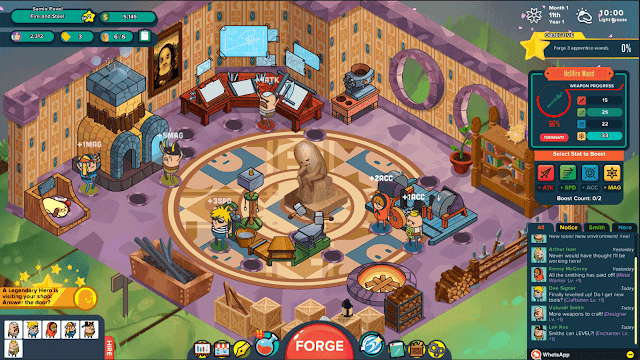 |
| Simplistic UI with silly and fun graphics. Holy Potatoes! A Weapon Shop?! 2015 |
Holy Potatoes is actually somewhat simple. You are a potato blacksmith who must create weapons to sell on in order to make ends meet, as a 'clearly distinct enough to not count as copyright potato hitman' owns your shop and you must pay him rent! Weapons have four stats that adventurers want, and you must hire blacksmiths with certain stats to create weapons that appeal to these adventurers. The higher stats, the more money!
Mechanics aside though, take a look at the screen shot. Simplistic, cartoony, 2d, something that is easy on people less experienced with modelling yet it feels natural. Plus the game is based around the UI! It's point and click! Something that is very common in management sims, and something that is fun to programme, is creative in how you lay it out, and is exactly what I am looking for in my project! It serves as a great starting point, but it isn't quite what I want to make.
Crafting and management sims are under the same genre of "Strategy." Or, sometimes, when crafting is like Holy Potatoes, or FFXIV, it requires a strategy to it. Sorry fans of minecraft, but looking up a blueprint and then copying that isn't strategy! It's not really all that engaging either. There will be fans out there who enjoy the minecraft crafting system and it can get rather deep when you look into Feed the Beast, but it's not a system I am looking for. The system I am about to discuss is a different kind of intricate and deep.
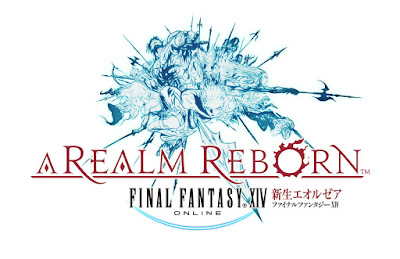 |
| Final Fantasy 14, A Realm Reborn. Square Enix, 2013. |
 |
| This tiny interface contains a lot of detail. |
Craftsmanship will be how much progress you gain per action, Control is how much quality you gain per action, and CP is a resource bar that determines how many actions you can take per craft. If you run out of CP before the craft is completed, then you have no choice but to abandon it and lose your materials.
Progress measures how far into your craft you are until it is completed (Pictured, when you hit 87 progress you have created a standard quality Amber.)
Durability is how many "Moves" you can do before you wear the material thin and fail your craft. (Pictured, 40. Moves typically take 10 durability, but certain actions can restore durability or half the durability required per move.)
Quality is where this system blew my mind. 2109 seems very high in comparison to the progress bar os 87, but Quality determines a standard item, and a high quality item. High Quality items give better stats and sell for a lot more gil. (That's the in game currency.) The chance to HQ an item is displayed at the bottom.
Lastly, Condition determines how much quality can be gained by a certain action. When the condition is normal, quality actions get a 1x multiplier. Good gains a 1.5x multiplier. Excellent carries a staggering 4x multiplier, and Poor, which is a 0.5x multiplier.
Already you might be starting to see how you can create an in depth puzzle for the crafter to solve to fill the quality bar as high as possible whilst still completing the progress meter and careful management of their CP to ensure they can finish their item to begin with!
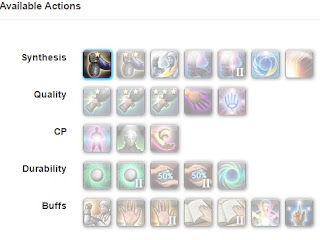 |
| I could talk about this for hours. FFXIV Lokyst's Crafting Optimizer. |
I really could talk about this system for hours upon hours, its the most fun I have ever had crafting in any game and actually requires careful planning and strategy on top of managing your resource bar and if I could make a game based around this alone I would. Sadly in order to pass this year I need to do more than just this, because we need to showcase our modelling and level design skills, but this is what I want my game to be about.
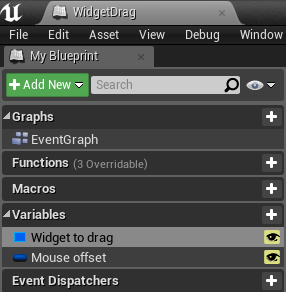
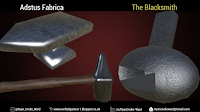
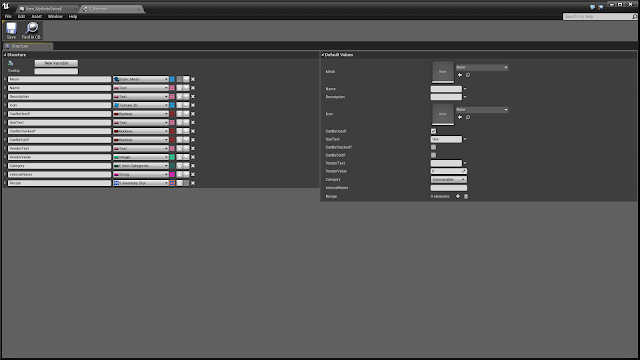
Comments
Post a Comment